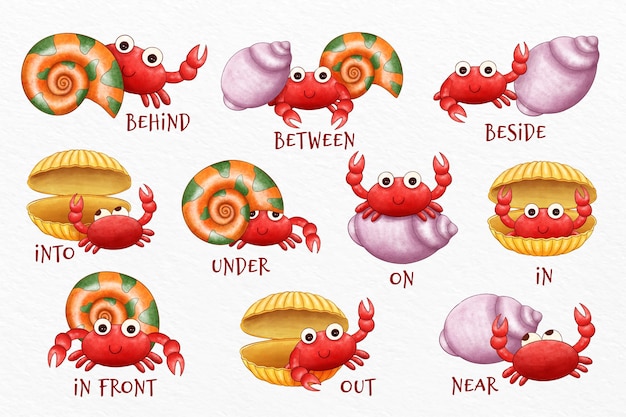

Snails have the ability to hibernate for up to three years.
Snails are born with a small, soft shell that grows as they mature.
The fastest recorded speed of a snail is 0.03 miles per hour.
Snails can live up to 15 years in the wild.
Snails are hermaphrodites, meaning they have both male and female reproductive organs.
The slime produced by snails is actually beneficial for their skin and helps them move smoothly.
The largest land snail ever recorded was 15.5 inches long.
Snails can regrow their shells if they get damaged or cracked.
Some species of snails are able to suspend themselves on a thin thread of mucus.
Snails are nocturnal creatures and are most active at night.
The oldest known snail fossil is over 600 million years old.
Snails have thousands of teeth, but they are so small that they can’t be seen without a microscope.
The average garden snail moves around 0.03 miles in a single day.
Snails are excellent climbers and can scale walls and trees with ease.
Some snails have a large, muscular foot that they use to anchor themselves to surfaces.
Snails have a highly sensitive sense of smell, which helps them locate food and mates.
Snails can hibernate in their shells during harsh weather conditions or periods of drought.
Snails are used in some cosmetic products for their moisturizing and anti-aging properties.
Snails have up to four tentacles, with the two longer ones used for sensing their surroundings.
Snails are found in almost every habitat on Earth, from deserts to rainforests.
The slime trail left by snails acts as a defense mechanism, making it difficult for predators to follow them.
Snails can retract their whole body into their shell for protection.
Snails are capable of reproducing without a partner, but they produce fewer offspring compared to reproduction with a mate.
Some snails have unusually shaped shells, like the African land snail, which has a large, spiral-shaped shell.
Snails have been known to eat over 500 different species of plants, making them important garden pests.
The scientific study of snails is called malacology.
Snails have a unique feeding structure called a radula, which is used to scrape food particles from surfaces.
Garden snails can lay up to 80 eggs at a time.
Snails can retract their tentacles if they sense danger or disturbance.
Some species of snails can survive in freshwater, while others can only live in saltwater.
The mating ritual of snails involves an elaborate courtship dance, where they circle each other and exchange sperm.
Snails are a culinary delicacy in many countries, with dishes like escargot being popular in French cuisine.
The shell of a snail is made of calcium carbonate, the same material found in seashells.
Snails have poor eyesight and rely mostly on their sense of touch and smell to navigate their environment.
Some species of snails are capable of self-amputation to escape from predators.
Snails are often used as model organisms in scientific research due to their simple anatomy and reproductive capabilities.
Snails are known for their slow pace, but they can actually move quite quickly when they want to.
The slime trail left by snails contains special chemicals that act as natural fertilizers for plants.
Some snails are able to make audible noises by vibrating their shells.
Snails are capable of aestivation, a state of dormancy similar to hibernation, to survive periods of extreme heat and dryness.
The study of snails is important for ecological research, as they play a crucial role in nutrient recycling and soil health.
Some species of snails have been used in traditional medicine for their healing properties.
Snails have been kept as pets for centuries, with the African giant snail being a popular choice.
Snails have a specialized structure called a pneumostome, which allows them to breathe while their bodies are retracted into the shell.
Snails have been featured in many works of literature and art, symbolizing patience, resilience, and the beauty of the natural world.
Around the world, coffee enthusiasts enjoy Monin coffee concentrate since it is a multipurpose product. Conveniently combining…
The Importance of Choosing the Right Shower for Your Bathroom Renovating your bathroom can be…
Usain Bolt holds the record for the fastest 100-meter sprint in history.Bolt was named Sportsman…
Love is in the air... and it smells suspiciously like chocolate!Roses are red, violets are…
Life's a beach, take a picture and relax.Sun, sand, and salty kisses. That's what beach…
Hungary is home to the largest thermal water cave system in the world.The Rubik's Cube…